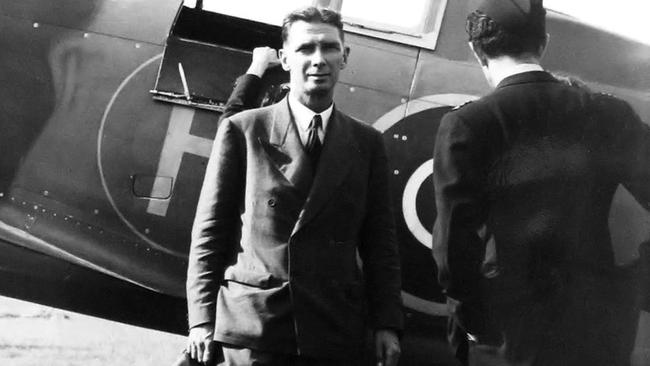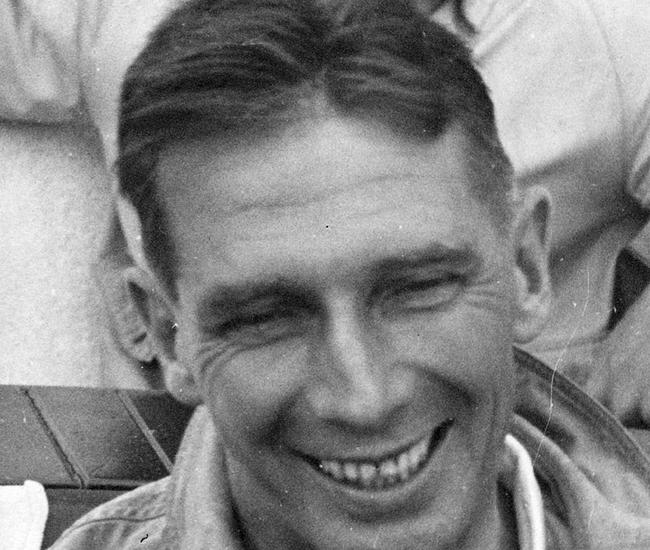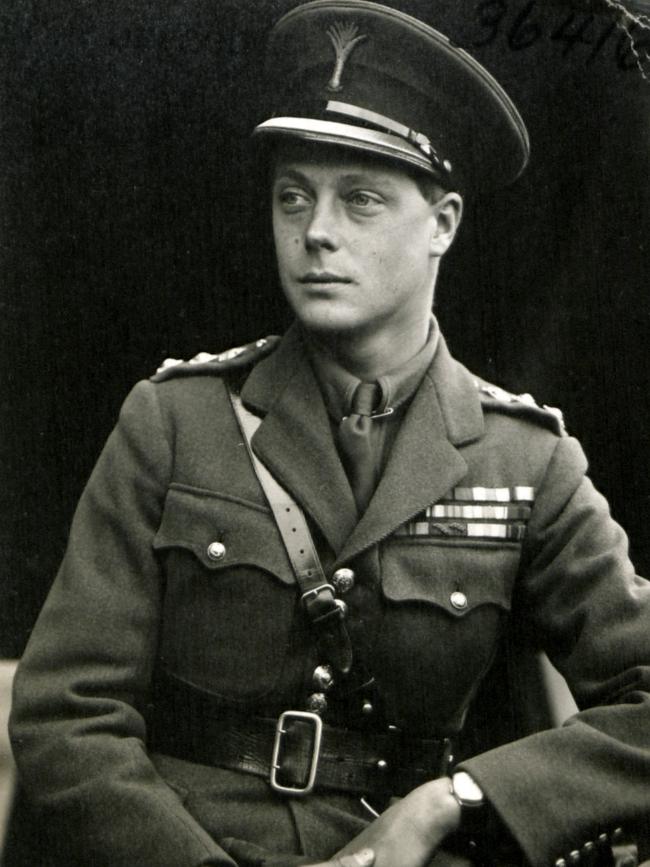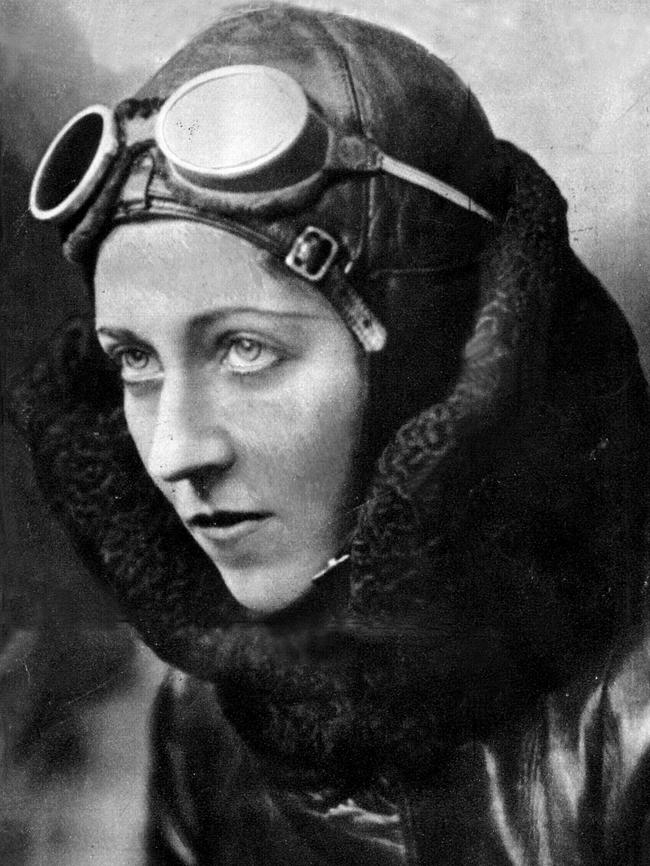Welsh pilot Valentine Baker served in all three armed forces in WWI and later taught a future king to fly
WHEN the young heir to the British throne, Edward, Prince of Wales, expressed a desire to learn to fly, the palace tried to talk him out of it. But the persistent royal had his way and earnt his pilot’s licence — the first royal to do so.

Today in History
Don't miss out on the headlines from Today in History. Followed categories will be added to My News.
WHEN the young heir to the British throne, Edward, Prince of Wales, expressed a desire to learn to fly, many people at the palace tried to talk him out of it.
But the persistent royal eventually had his way. The palace booked him lessons with what was considered the best flying school at the time — the Heston Aerodrome in West London.
Founded by a veteran of World War I Capt Valentine “Bake” Baker, the debonair Welsh pilot had served in the navy, the army and the air force. Baker had flown in combat, shot down Germans in dogfights and later trained other fighter pilots, before starting his flying school. In October 1929, the young prince (later King Edward VIII), became one of Baker’s most famous students and earnt his pilot’s licence — the first royal to do so.
Baker would also train Edward’s brothers — Prince George (later King George VI) and the Duke of Kent — and pioneer female aviator Amy Johnson. He was one of the most famous flyers of his day, not just as a teacher but also as a test pilot for his own aircraft company. Baker died doing what he knew and loved best.

Born Valentine Henry Baker in Llanfairfechan, Wales, 130 years ago today on August 24, 1888, the son of J.M. Baker, manager of Gorddinog Estate owned by the influential Platt family, he was educated at public and private schools. After his studies, Baker worked as a bank clerk at Lloyds in Bangor, in north Wales.
He joined the Royal Navy in 1914, but after training found a niche as a mechanic and was assigned to the navy’s land crew as a dispatch rider. In 1915 he was sent to Gallipoli where he was shot in the neck. The bullet lodged in his spine and was never removed.
He was invalided out of the navy, but after recuperating in Llanfairfechan he decided his war wasn’t over and, in 1916, joined the army. After training he applied and was accepted to join the army’s Royal Flying Corps. That same year he married his local sweetheart Dilys Eames. They would have one son Denys Val Baker who became an author of some note.
Baker was credited with shooting down German aircraft, but while he didn’t get enough confirmed kills to officially become an ace, he was commended for his bravery and earnt
a Military Cross in 1917.
The Flying Corps soon decided his skills were more useful training other pilots and as an instructor he rose to the rank of captain, transferring to the newly created RAF in 1918. He was later awarded the Air Force Cross.
After the war he worked for the Air Ministry but left in 1921 to take up work with Vickers Limited as a pilot in Asia and South America.


When he returned to Britain in the mid ’20s he joined a flying club, offering to train its members. Out of this grew his flying school at Heston, which soon developed a reputation for the quality of its trainers. He is also said to have treated all of his students as equals, demanding they all follow his instructions without question.
When Baker was teaching Amy Johnson they had a conversation about female aviators during which Johnson complained about the obstacles confronting women. Baker told her a woman would need to “win her spurs” and suggested she could do so by “flying to Australia for instance” — a feat she accomplished in 1930.
In 1929 when Irish engineer James Martin was looking for the best pilots to test an aircraft he was developing, he went to see Baker. The two men struck up a friendship that later became a partnership in the Martin-Baker Aircraft Company Ltd, established in 1934.
Together they developed the MB1 aircraft prototype, designed as a civilian touring plane. But by the time it made its maiden flight in April 1935, with Baker at the controls, the worsening political situation in Europe called for fighter aircraft. Martin and Baker began working on the MB2, with Air Ministry specifications for an eight-gun fighter aircraft that could reach speeds of 275mph (443km/h).
When the military passed over their MB2, they began developing the MB3, to meet new specifications issued in 1939 for an aircraft that could reach speeds of 644km/h with four 20mm cannons.
But development was delayed due to problems finding the right engines.
It was ready for test flights in August 1942, with Baker in the cockpit. But on September 12, 1942, the MB3’s engine failed after take off. Baker tried to put the plane down safely in a field but clipped either a tree trunk or a haystack, sending the aircraft into a cartwheel. It exploded in flames, killing Baker.
Martin was so distressed by the death he worked on creating a safe ejector seat, which the company still specialises in today.

